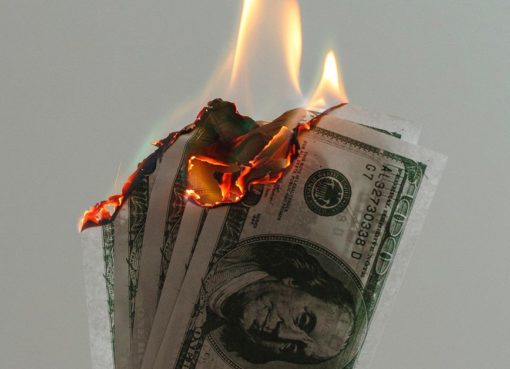Jürgen Schaaf, Advisor to the Senior Management of Market Infrastructure and Payments at the ECB, has warned about the potential impact of stablecoins in Europe, claiming that they could weaken the banking system by diverting deposits to decentralized alternatives. ECB Adviser Jürgen Schaaf Warns About Potential Erosion of the Banking System by Stablecoins European authorities […]
Source
ECB Advisor: Stablecoins Risk Upending the European Banking System




